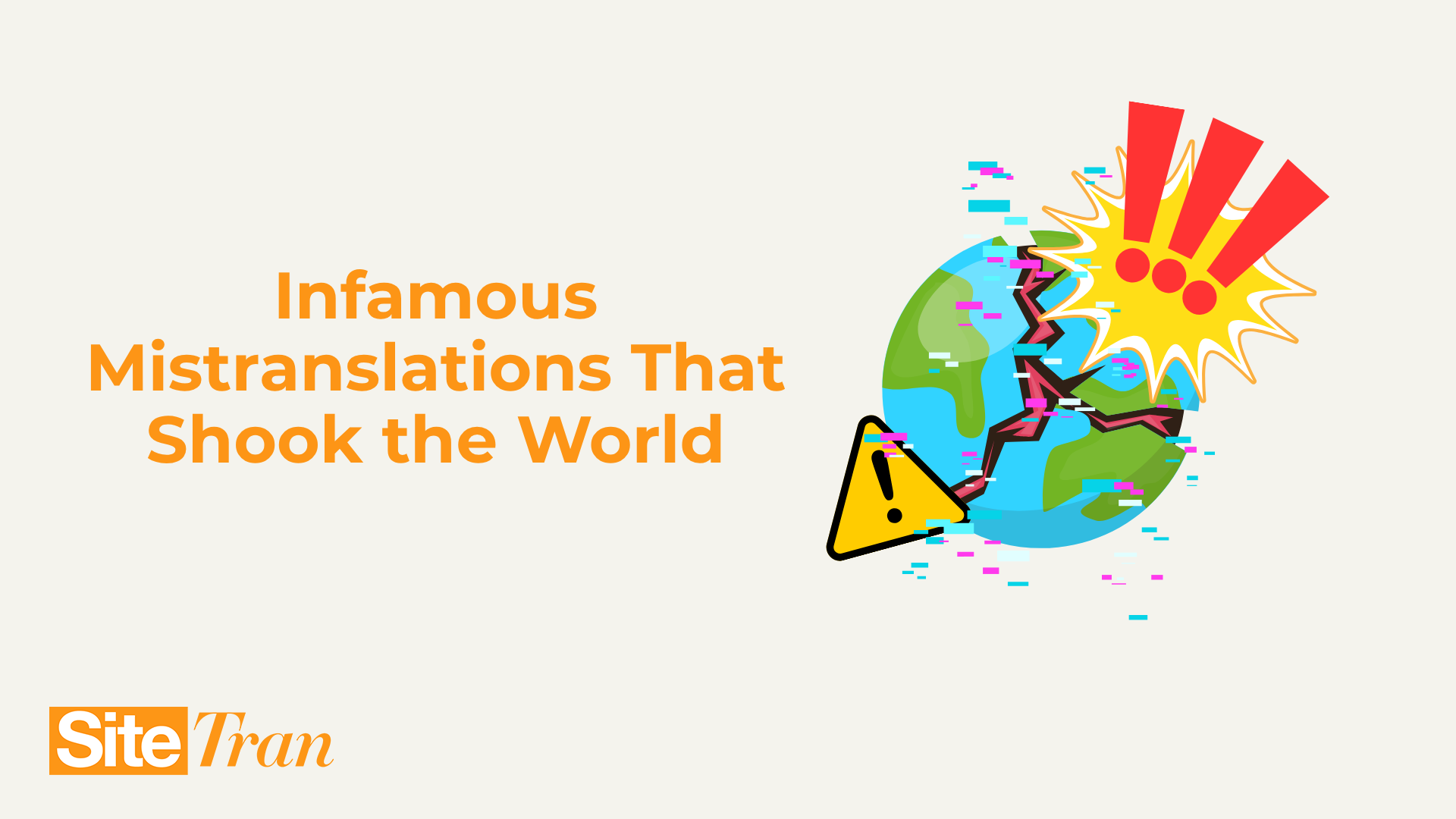Translation mistakes aren’t always funny. Sometimes, they lead to international tension, marketing disasters, or multi-million-dollar cleanup jobs. Here are four high-profile mistranslations that made headlines, along with takeaways to help you avoid the same fate.
1. Diplomatic Disaster: “We Will Bury You”
In 1956, Soviet leader Nikita Khrushchev was famously quoted as saying, “We will bury you,” which the West interpreted as a threat of nuclear war. Given the Cold War context, the phrase caused alarm.
However, the correct translation was closer to “We will outlast you,” referring to economic resilience rather than military aggression. Despite the clarification, the damage was done, and tensions escalated over a single phrase.
📚 Source: BBC Culture
2. Marketing Misfire: Pepsi Raises the Dead
Pepsi’s energetic slogan, “Come Alive with Pepsi,” did not go over well in the Chinese market. It was mistranslated as “Pepsi brings your ancestors back from the dead.”
Instead of energizing consumers, the phrase created confusion and discomfort. This example highlights how a lack of cultural insight can turn a clever tagline into a supernatural mess.
📚 Source: SlidePlayer
3. Pop Culture Fail: Lost in (Actual) Translation
The film Lost in Translation is known for exploring the humor and tension of cultural misunderstandings. Ironically, the subtitles themselves were mistranslated in several scenes.
This created false impressions of Japanese dialogue and humor for English-speaking audiences. Even in entertainment, poor translation can alter how an entire culture is perceived.
4. Business Blunder: HSBC’s $10 Million Mistake
HSBC once ran a campaign around the slogan “Assume Nothing.” In several countries, it was mistranslated as “Do Nothing.”
This unintentional message contradicted the brand’s intended meaning and led to a global rebranding effort. The cleanup reportedly cost over $10 million. A short mistranslation became an expensive lesson.
How to Avoid These Mistakes
- Proofread with professional human translators: AI tools are helpful but cannot fully replace human understanding of nuance and context.
- Focus on cultural meaning, not just literal accuracy: Words carry different connotations in different regions.
- Test your translations before launch: Localization testing ensures your message feels natural and trustworthy to your audience.

Need Help Getting It Right?
SiteTran combines AI efficiency with human-quality workflows so your global content is accurate, culturally appropriate, and easy to manage.
It’s not just about translation. It’s about making sure your message works in every language you support.

